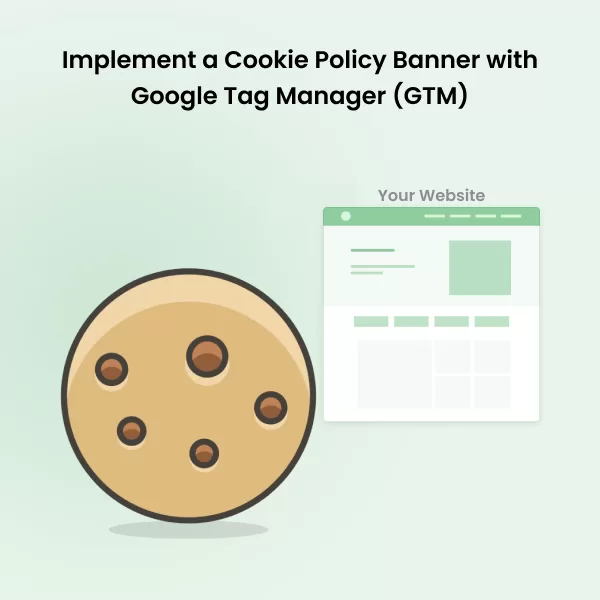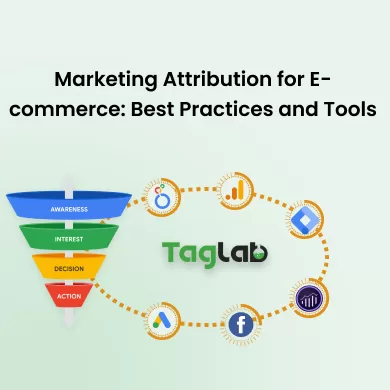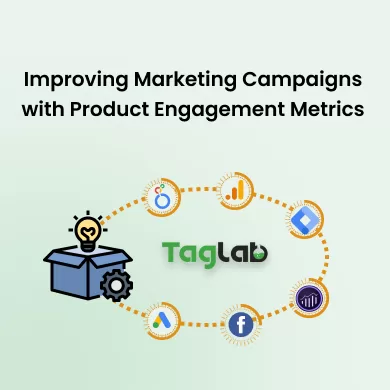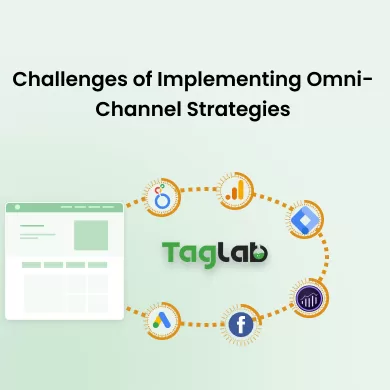Your cart is currently empty!
SMS Opt-In Rate
Posted by:
|
On:
|
SMS Opt-In Rate is a crucial marketing metric that measures the percentage of users who consent to receive SMS (Short Message Service) communications from a business or organization. It reflects the effectiveness of a company’s strategy to build a permission-based subscriber list for sending promotional messages, alerts, or transactional notifications via text messages. A high SMS Opt-In Rate indicates that customers perceive value in the company’s offerings and are willing to engage through SMS. Monitoring and optimizing this rate is essential for marketers aiming to enhance customer engagement, drive conversions, and ensure compliance with regulations such as the TCPA (Telephone Consumer Protection Act) and GDPR (General Data Protection Regulation).
Understanding SMS Opt-In Rate
SMS Opt-In Rate is calculated by dividing the number of users who have agreed to receive SMS messages by the total number of users presented with the opt-in opportunity, then multiplying by 100 to get a percentage:
SMS Opt-In Rate = (Number of Users Opted-In ÷ Number of Users Presented with Opt-In Opportunity) × 100
For example, if 2,000 customers are offered the chance to opt-in to SMS communications and 800 of them agree, the opt-in rate would be:
(800 ÷ 2,000) × 100 = 40%
Importance of SMS Opt-In Rate
Monitoring the SMS Opt-In Rate is crucial for several reasons:
Enhancing Customer Engagement
SMS messages have high open rates, often exceeding 90%, making them an effective channel for immediate and direct communication with customers.
Driving Conversions
Timely and relevant SMS messages can prompt customers to take desired actions, such as making purchases, redeeming offers, or attending events, boosting conversion rates.
Building a Qualified Subscriber List
A high opt-in rate leads to a larger, permission-based audience that is more likely to be receptive to marketing messages, improving campaign effectiveness.
Ensuring Regulatory Compliance
Obtaining explicit consent is required by laws like the TCPA and GDPR. Monitoring opt-in rates helps ensure compliance and avoid legal penalties.
Optimizing Marketing Strategies
Analyzing opt-in rates provides insights into the effectiveness of marketing tactics and messaging, guiding improvements and personalization efforts.
Factors Influencing SMS Opt-In Rate
Several factors can impact your SMS Opt-In Rate:
Value Proposition
Customers are more likely to opt-in if they perceive clear benefits, such as exclusive offers, discounts, or valuable information.
Opt-In Process Simplicity
A straightforward and user-friendly opt-in process encourages more customers to subscribe. Complicated steps can deter potential subscribers.
Promotion Channels
The effectiveness of channels used to promote SMS opt-in opportunities (e.g., in-store signage, website banners, social media) affects the rate.
Incentives and Offers
Providing incentives like a discount code or free gift upon opt-in can significantly increase opt-in rates.
Trust and Brand Reputation
Customers are more willing to share their phone numbers with brands they trust. A strong reputation enhances opt-in willingness.
Clear Compliance Information
Transparent communication about message frequency, content, and data privacy builds trust and ensures legal compliance.
Target Audience Demographics
Different age groups and demographics may have varying preferences for SMS communication, affecting opt-in rates.
Strategies to Improve SMS Opt-In Rate
To increase the number of customers who opt-in to receive SMS messages, consider implementing the following strategies:
Offer Clear Value
Communicate the benefits of opting in, such as receiving exclusive deals, early access to sales, or important updates.
Simplify the Opt-In Process
Make it easy for customers to opt-in by minimizing steps. Use simple keywords and shortcodes for text-based opt-ins or straightforward forms for online sign-ups.
Provide Incentives
Offer immediate rewards, such as a discount or free shipping, upon opt-in to motivate customers to subscribe.
Promote Across Multiple Channels
Advertise your SMS program through various channels like your website, email newsletters, social media, and in-store displays to reach a wider audience.
Ensure Compliance and Transparency
Clearly state the terms of the SMS program, including message frequency, content type, and opt-out options. This builds trust and complies with regulations.
Personalize Messaging
Use customer data to personalize messages, making the communication more relevant and engaging.
Leverage Social Proof
Highlight testimonials or statistics showing how many customers have already joined your SMS list to encourage others to opt-in.
Optimize Timing
Present the opt-in opportunity at moments when customers are most engaged, such as after a purchase or during account creation.
A/B Test Opt-In Methods
Experiment with different messages, incentives, and opt-in processes to identify the most effective approach for your audience.
Train Staff (for In-Store Opt-Ins)
Ensure that sales associates are knowledgeable and can effectively communicate the benefits of opting in to customers.
Measuring SMS Opt-In Rate
Accurate measurement is essential for evaluating success and making informed decisions:
Use Marketing Automation Tools
Implement tools like Twilio, SMSBump, or Klaviyo to track opt-in rates, manage subscriber lists, and analyze campaign performance.
Monitor Key Metrics
Track the number of opt-ins, opt-outs, delivery rates, and engagement metrics to assess the health of your SMS program.
Segment Data
Analyze opt-in rates by promotion channel, demographic, or campaign to identify patterns and opportunities for improvement.
Set Benchmarks and Goals
Establish target opt-in rates based on industry standards and strive for continuous improvement. Regularly review progress towards these goals.
Benchmark Indicators
Understanding industry benchmarks helps set realistic goals for your SMS Opt-In Rate. Below is a benchmark format with indicators based on different industries:
Retail and E-commerce
Hospitality and Travel
Healthcare
Financial Services
Nonprofit and Education
Note that benchmarks can vary depending on the target audience, geographic location, and specific industry trends. It’s important to compare your opt-in rates against similar organizations in your sector.
Common Pitfalls to Avoid
Not Providing Clear Value
Failing to articulate the benefits of opting in can lead to low opt-in rates. Ensure that the value proposition is compelling and clear.
Complicated Opt-In Processes
Requiring too many steps or information can deter users. Keep the opt-in process simple and user-friendly.
Ignoring Regulatory Compliance
Not adhering to laws like the TCPA or GDPR can result in legal penalties and damage to your reputation. Always ensure compliance in your opt-in practices.
Overloading Customers with Messages
Sending too many SMS messages can lead to opt-outs or complaints. Manage frequency to maintain engagement without causing annoyance.
Using Generic Messaging
Unpersonalized or irrelevant messages reduce engagement. Tailor communications to user preferences and behaviors.
Neglecting to Provide Opt-Out Options
Not offering an easy way to unsubscribe can frustrate users and violate regulations. Always include clear opt-out instructions in your messages.
Failing to Test and Optimize
Not experimenting with different strategies can limit your ability to improve opt-in rates. Continuously test and refine your approach based on data.
Conclusion
SMS Opt-In Rate is a vital metric that reflects customers’ willingness to engage with your brand through direct messaging. By understanding the factors that influence opt-in rates and implementing strategies to enhance value propositions, simplify opt-in processes, and ensure compliance, you can build a robust subscriber list, increase customer engagement, and drive conversions. Regularly monitoring this metric and benchmarking against industry standards is essential for identifying areas for improvement and maintaining a competitive edge in your market.
Frequently Asked Questions
What is SMS Opt-In Rate?
SMS Opt-In Rate measures the percentage of users who consent to receive SMS communications from a business, reflecting the effectiveness of the company’s strategy to build a permission-based subscriber list.
Why is SMS Opt-In Rate important?
It’s important because it enhances customer engagement, drives conversions, builds a qualified subscriber list, ensures regulatory compliance, and optimizes marketing strategies.
How can I improve my SMS Opt-In Rate?
You can improve it by offering clear value, simplifying the opt-in process, providing incentives, promoting across multiple channels, ensuring compliance and transparency, personalizing messaging, leveraging social proof, optimizing timing, A/B testing opt-in methods, and training staff for in-store opt-ins.
What factors affect SMS Opt-In Rate?
Factors include the value proposition, simplicity of the opt-in process, promotion channels, incentives and offers, trust and brand reputation, clear compliance information, and target audience demographics.
How do I measure SMS Opt-In Rate?
Measure it by tracking the number of users who have opted in divided by the number of users presented with the opt-in opportunity, using marketing automation tools to collect data, segmenting the data for deeper insights, and monitoring changes over time.




